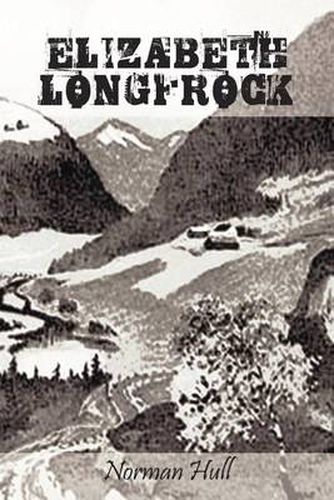Readings Newsletter
Become a Readings Member to make your shopping experience even easier.
Sign in or sign up for free!
You’re not far away from qualifying for FREE standard shipping within Australia
You’ve qualified for FREE standard shipping within Australia
The cart is loading…






This title is printed to order. This book may have been self-published. If so, we cannot guarantee the quality of the content. In the main most books will have gone through the editing process however some may not. We therefore suggest that you be aware of this before ordering this book. If in doubt check either the author or publisher’s details as we are unable to accept any returns unless they are faulty. Please contact us if you have any questions.
Hans Aanrud’s short stories are considered by his own countrymen as belonging to the most original and artistically finished life pictures that have been produced by the younger literati of Norway. They are generally concerned with peasant character, and present in true balance the course and fine in peasant nature. The style of speech is occasionally over-concreted for sophisticated ears, but it is not unwholesome. Of weak or cloying sweetness, so abhorrent to Norwegian taste, there is never a trace. Sidsel Sidsaerk was dedicated to the author’s daughter on her eighth birthday, and is doubtless largely reminiscent of Aanrud’s own childhood. If I have been able to give a rendering at all worthy of the original, readers of Elizabeth Longfrock will find that the whole story breathes a spirit of unaffected poetry not inconsistent with the common life which it depicts. This fine blending of the poetic and commonplace is another characteristic of Aanrud’s writings. While translating the book I was living in the region where the scenes of the story are laid, and had the benefit of local knowledge concerning terms used, customs referred to, etc. No pains were spared in verifying particulars, especially through elderly people on the farms, who could best explain the old-fashioned terms and who had a clear remembrance of obsolescent details of high pasture life. For this welcome help and for elucidations through other friends I wish here to offer my hearty thanks
$9.00 standard shipping within Australia
FREE standard shipping within Australia for orders over $100.00
Express & International shipping calculated at checkout
This title is printed to order. This book may have been self-published. If so, we cannot guarantee the quality of the content. In the main most books will have gone through the editing process however some may not. We therefore suggest that you be aware of this before ordering this book. If in doubt check either the author or publisher’s details as we are unable to accept any returns unless they are faulty. Please contact us if you have any questions.
Hans Aanrud’s short stories are considered by his own countrymen as belonging to the most original and artistically finished life pictures that have been produced by the younger literati of Norway. They are generally concerned with peasant character, and present in true balance the course and fine in peasant nature. The style of speech is occasionally over-concreted for sophisticated ears, but it is not unwholesome. Of weak or cloying sweetness, so abhorrent to Norwegian taste, there is never a trace. Sidsel Sidsaerk was dedicated to the author’s daughter on her eighth birthday, and is doubtless largely reminiscent of Aanrud’s own childhood. If I have been able to give a rendering at all worthy of the original, readers of Elizabeth Longfrock will find that the whole story breathes a spirit of unaffected poetry not inconsistent with the common life which it depicts. This fine blending of the poetic and commonplace is another characteristic of Aanrud’s writings. While translating the book I was living in the region where the scenes of the story are laid, and had the benefit of local knowledge concerning terms used, customs referred to, etc. No pains were spared in verifying particulars, especially through elderly people on the farms, who could best explain the old-fashioned terms and who had a clear remembrance of obsolescent details of high pasture life. For this welcome help and for elucidations through other friends I wish here to offer my hearty thanks